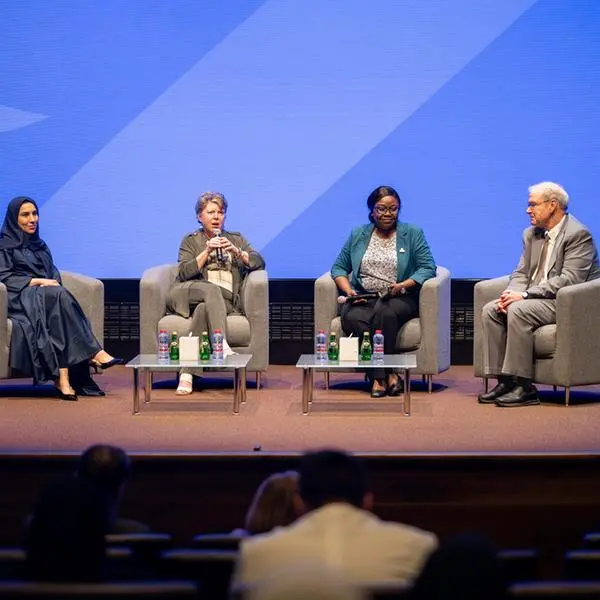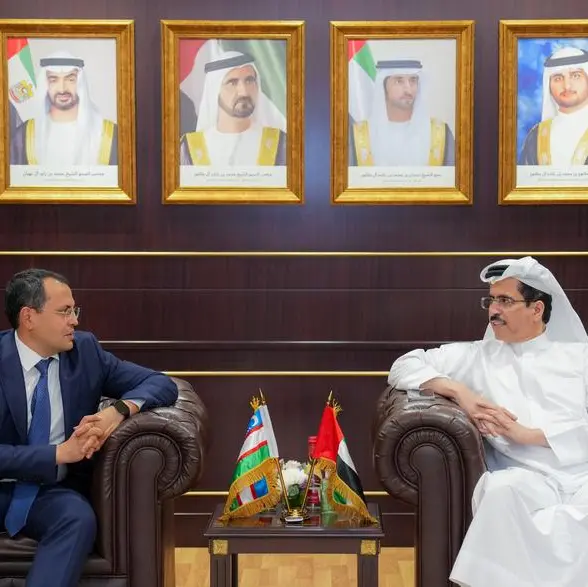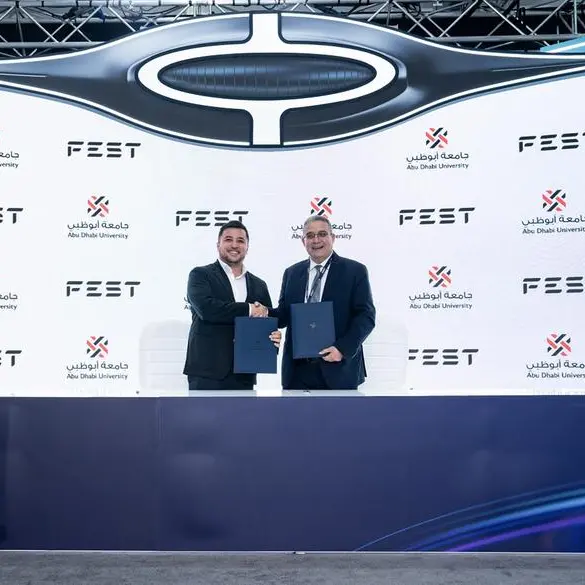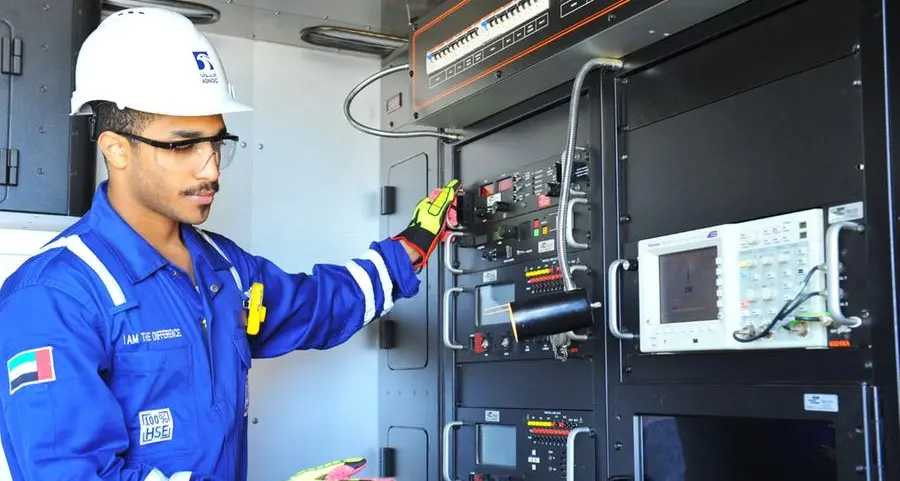Uneven recovery is expected as eleven Arab countries will likely recover by the end of 2022, while the recovery path will extend beyond 2022 in the rest of the Arab countries
Inflation is expected to remain at a relatively high level estimated at 11 percent in 2021 driven by the economic recovery and the rise in the prices of basic commodities, and it will likely decline to about 6 percent in 2022
Arab governments are encouraged to adopt comprehensive reforms to overcome the external and internal imbalances and enhance the economic resilience
In line with its continuous efforts to support the decision-making process in Arab countries, the Arab Monetary Fund (AMF) has released the fourteenth edition of the Arab Economic Outlook Report containing updated forecasts of economic growth and inflation for Arab countries in 2021 and 2022.
The report indicated that the global economy started to recover from the COVID-19 Pandemic repercussions in the second half of 2020 in light of the acceleration of vaccines production and the launching of vaccination campaigns in many countries worldwide. Accordingly, the international institutions raised their forecasts for the global growth to range between 5.4 and 6.0 percent, amid an uneven recovery pace led by some major economies, including the United States of America, China, and some other emerging economies whose growth is expected range between 6.2 to 8.4 percent in 2021. On the contrary, other developing countries are expected to witness a fragile and slow recovery.
Nevertheless, the recovery is surrounded by a great uncertainty related primarily to the path of the Pandemic, especially after the emergence of new variants of Coronavirus in some countries. Furthermore, there is significant uncertainty about the growth trajectory in the aftermath of 2021, especially when governments start the gradual withdrawal of the stimulus packages and the impact of many social and economic challenges may further intensified.
On international oil markets, estimates refer to an increase in the global demand for oil by around 6.0 million barrels/day in 2021 to support the economic recovery. The rise in demand for oil and the continuation of the “OPEC+” agreement will support its prices in the international markets.
The global economy faces outstanding risks related to the possibility of the Pandemic continuing for a longer period than expected, which will challenge the tight policy space in many countries to support the recovery. In addition to the risks of widening income disparity and global inequalities. Therefore, the focus should be placed on policies that ensure sustainable economic recovery, support confidence, strengthen resilience against any possible economic shocks, overcome the imbalances that hinder moving towards sustainable, inclusive, and balanced growth. These policies should address inequalities, ensure access for opportunities for all, foster digital transformation, and support reforms that enhance productivity and competitiveness, especially in developing countries and emerging market economies.
The Arab Economic Outlook indicated that the Arab economies would gradually recover from the COVID-19 Pandemic in 2021. The recovery will reflect the positive impact of the global and regional vaccination campaigns, the improvement in the aggregate demand, the recovery of global oil markets, and the successful implementation of economic reform programs to address structural imbalances.
In addition, the Arab economies will also benefit, during the forecast horizon, from the continuation of the accommodative policies to foster growth and employment and from the stimulus packages provided in 2021, especially by some Arab countries that still have fiscal space. Accordingly, total value of the stimulus packages adopted by Arab countries from the beginning of the Pandemic until July of 2021 has risen to about 344 billion dollars. Stimulus packages provided by monetary and macroprudential policy tools constitute about 57 percent, while fiscal stimulus packages account for the remaining 43 percent.
Accordingly, the Arab economies are forecasted to grow by 2.9 percent in 2021, while the growth rate is expected to increase to 3.6 percent in 2022, supported by the improvement in the global economy and international trade as well as the successful implementation of the vaccination campaigns.
Within this context, Arab oil-exporting countries are expected to grow by 2.8 percent this year. Growth is expected to rise to 3.5 percent in 2022, reflecting the anticipated increase in the value-added of the oil sector and the gradual recovery of non-oil sectors.
On the other hand, Arab oil-importing countries will likely grow by 2.9 percent in 2021, while the growth of this group of counties is expected to rise to 3.8 percent next year. Several factors will support the recovery of this group in 2022 including, the increased external demand in light of the gradual recovery of the main trading partners and the progress achieved in implementing economic reforms required to contain internal and external imbalances.
Except for the Egyptian economy, which was the only Arab economy that recorded an increase in GDP in 2020, Arab countries are expected to witness an uneven recovery pace. Four Arab economies are expected to recover from the repercussions of the COVID-19 Pandemic in 2021, seven in 2022, while the recovery pace will likely extend beyond 2022 in the rest of Arab countries.
Against this backdrop, the implementation of comprehensive economic reform programs that address short, medium, and long-term challenges facing the Arab countries in line with the future visions and strategies, in a manner that ensures an inclusive and sustainable growth considered to be a top priority for Arab countries. It is also essential to address internal and external structural imbalances to ensure that economic resources are directed to support economic growth.
Additionally, there is a strong need to focus on strengthening human capital in the Arab region, which helps increase productivity and competitiveness levels, keep pace with developments in the local, regional, and international labor markets, and reduce unemployment rates which are the highest in the Arab region. These interventions and reforms should also directed to reduce income disparity and inequality in the Arab region, which negatively affects the potential output.
Regarding the general price level, inflation rates are expected to increase in Arab countries in 2021 due to several factors, including the continued direct impact of the COVID-19 on production and supply chains, the rise in oil and food prices, and the inflationary pressures resulted from the anticipated improvement in the aggregate demand. In addition, inflation rates are expected to increase due to the anticipated adverse impact of climate change on the supply of some agricultural products and the pass-through effect in some Arab countries with limited or declining foreign receipts.
Accordingly, inflation is anticipated to remain at a relatively high level estimated at 11 percent in 2021. Inflationary pressures are expected to ease in 2022 due to the gradual fading of the base effect; hence inflation is expected to decline to around 6 percent.
The full version of the report is available at: https://www.amf.org.ae/ar/report/aeo_jul_2021_v14
© Press Release 2021
Disclaimer: The contents of this press release was provided from an external third party provider. This website is not responsible for, and does not control, such external content. This content is provided on an “as is” and “as available” basis and has not been edited in any way. Neither this website nor our affiliates guarantee the accuracy of or endorse the views or opinions expressed in this press release.
The press release is provided for informational purposes only. The content does not provide tax, legal or investment advice or opinion regarding the suitability, value or profitability of any particular security, portfolio or investment strategy. Neither this website nor our affiliates shall be liable for any errors or inaccuracies in the content, or for any actions taken by you in reliance thereon. You expressly agree that your use of the information within this article is at your sole risk.
To the fullest extent permitted by applicable law, this website, its parent company, its subsidiaries, its affiliates and the respective shareholders, directors, officers, employees, agents, advertisers, content providers and licensors will not be liable (jointly or severally) to you for any direct, indirect, consequential, special, incidental, punitive or exemplary damages, including without limitation, lost profits, lost savings and lost revenues, whether in negligence, tort, contract or any other theory of liability, even if the parties have been advised of the possibility or could have foreseen any such damages.










